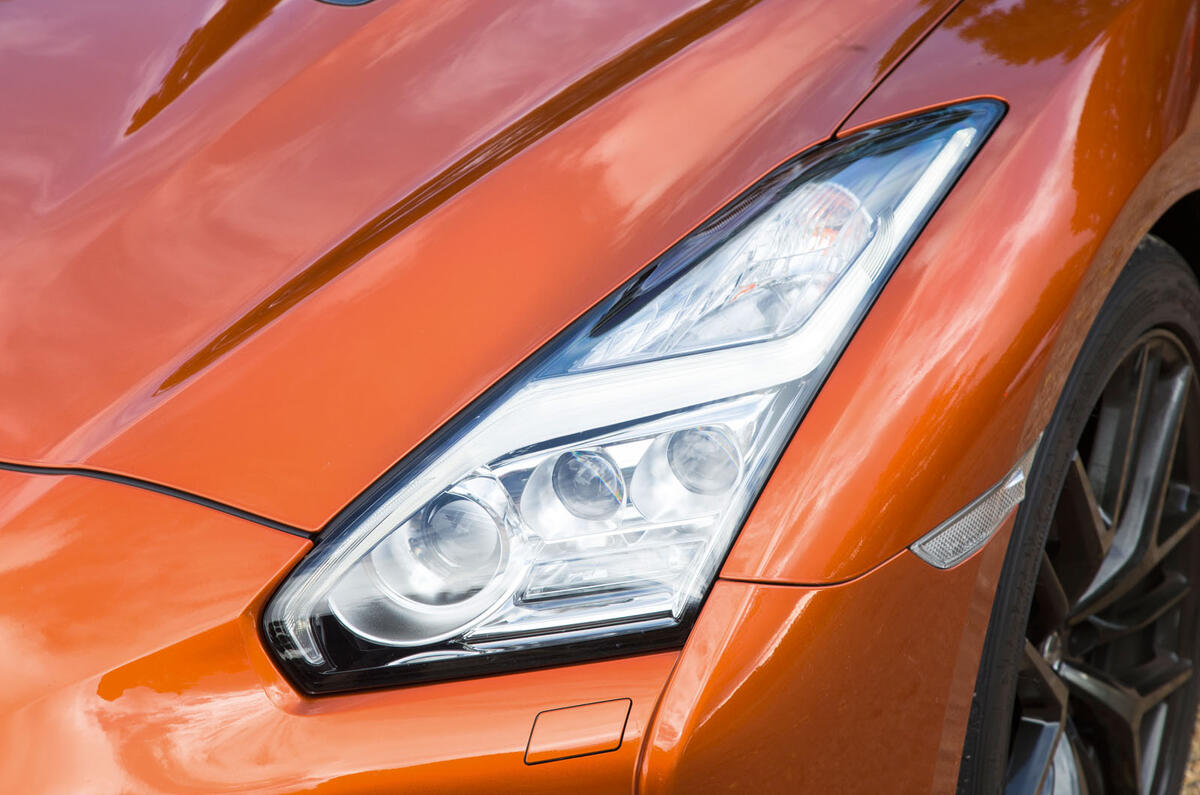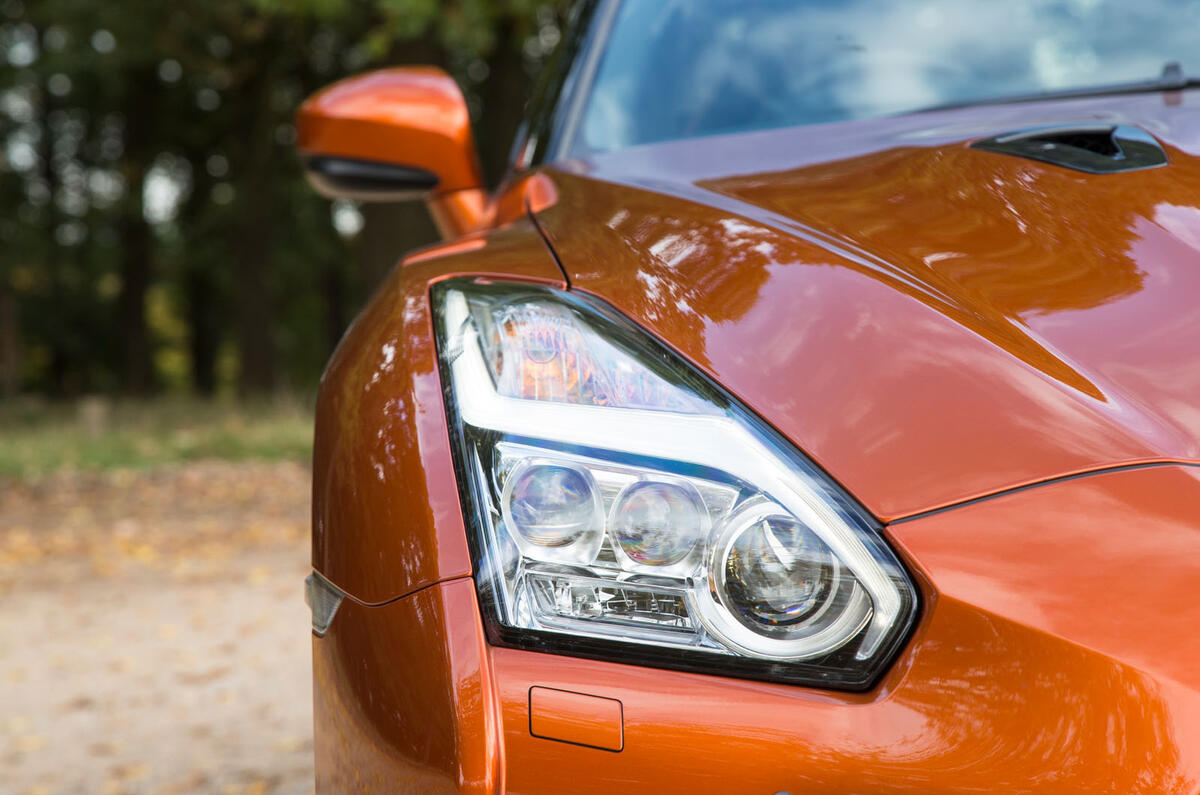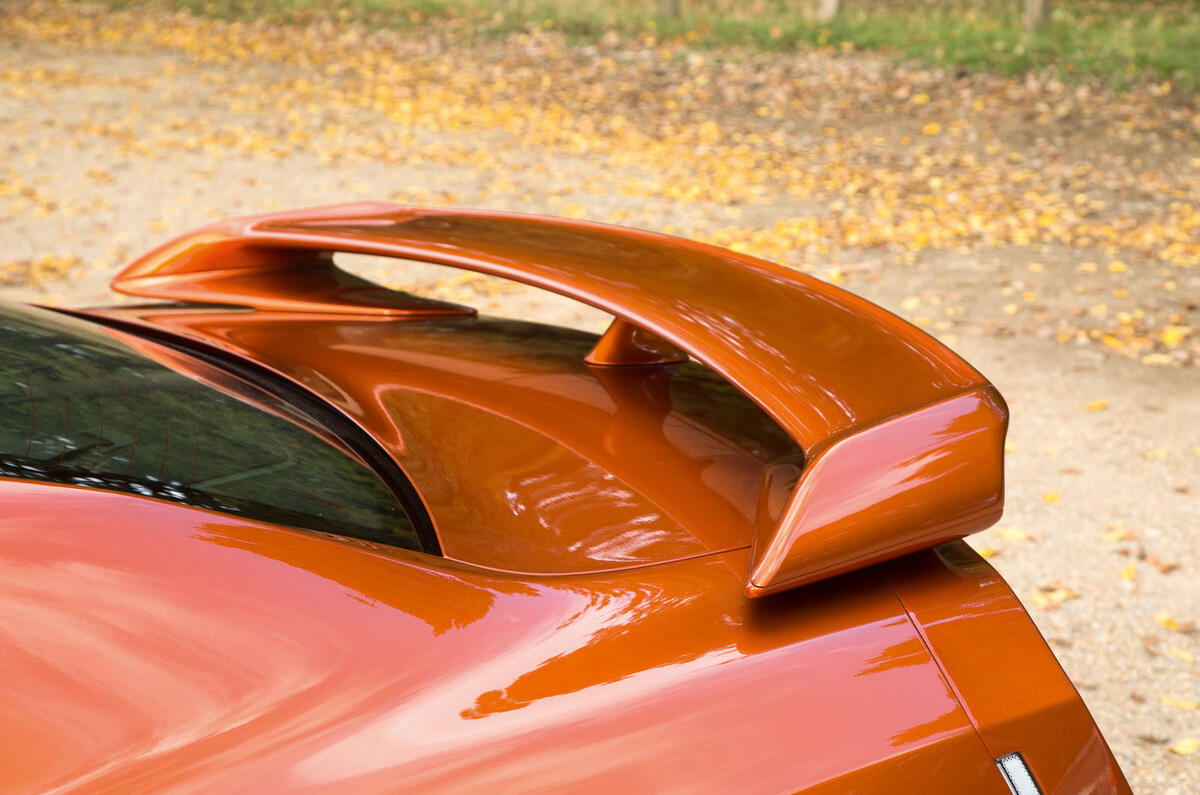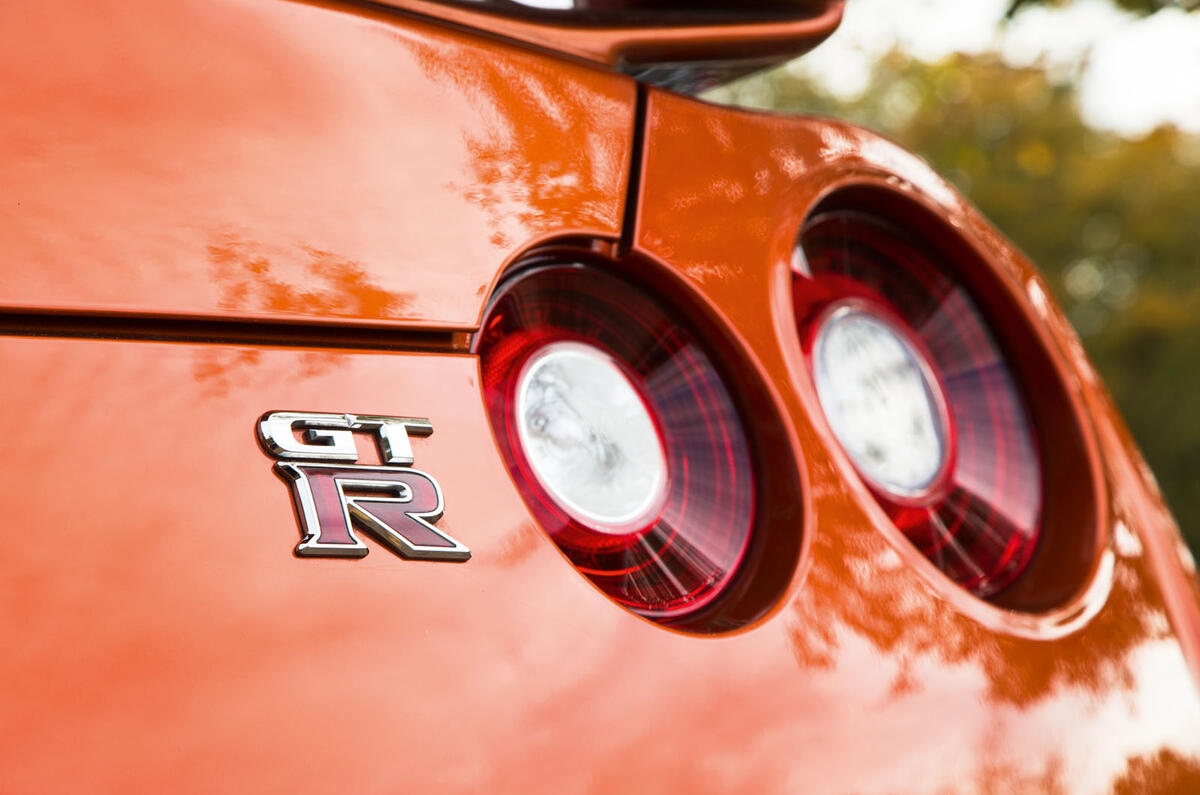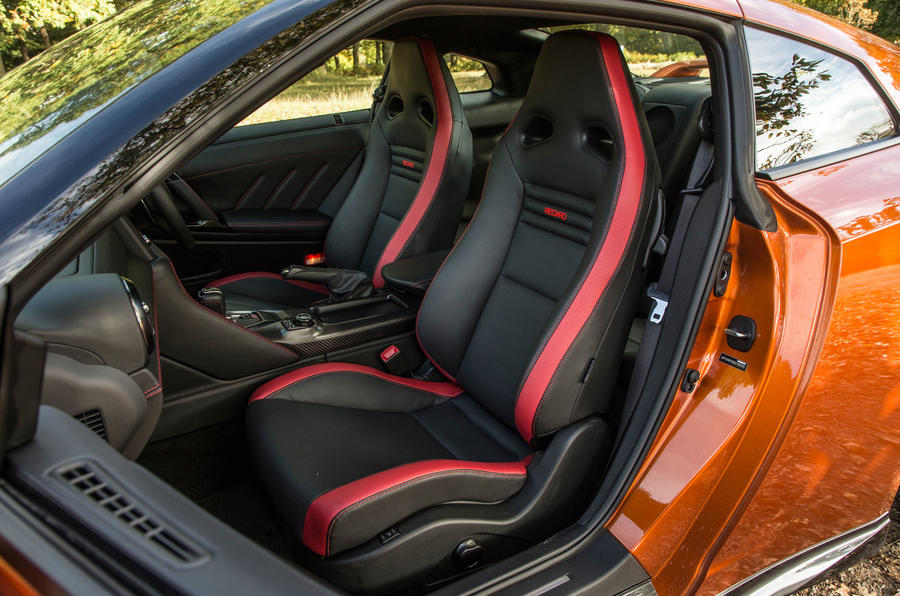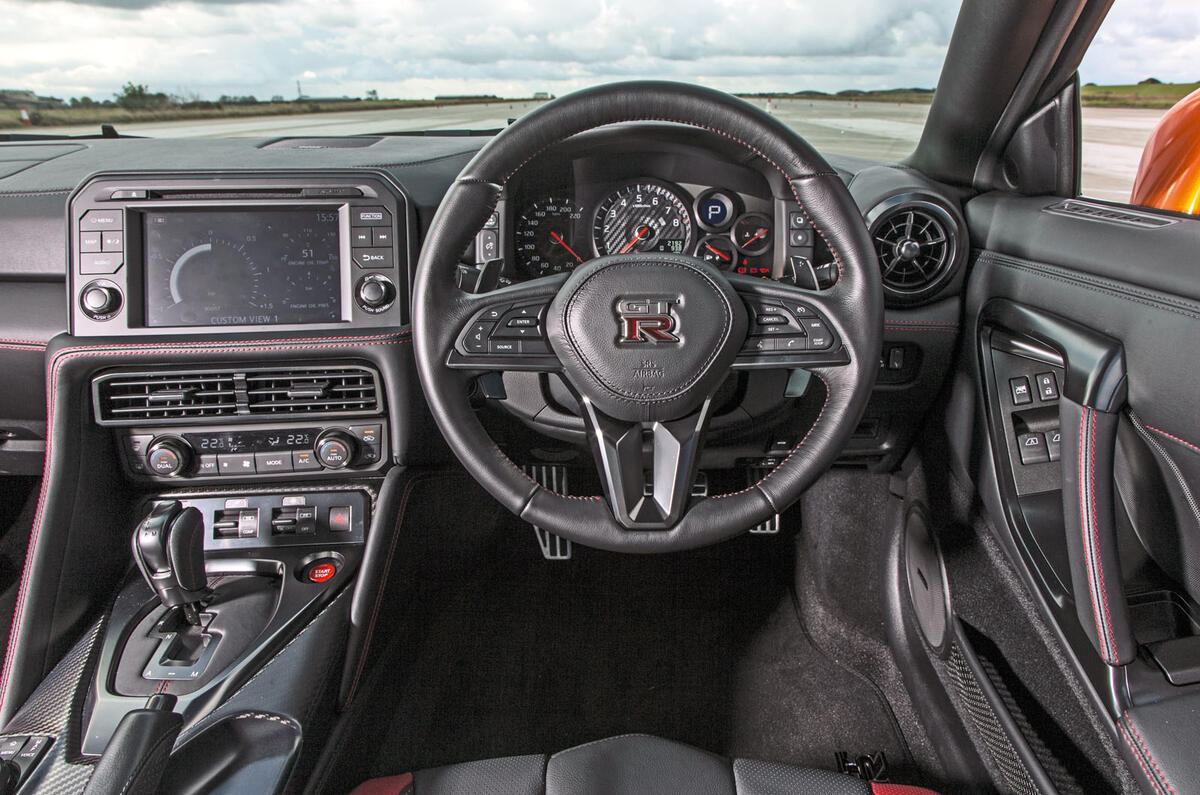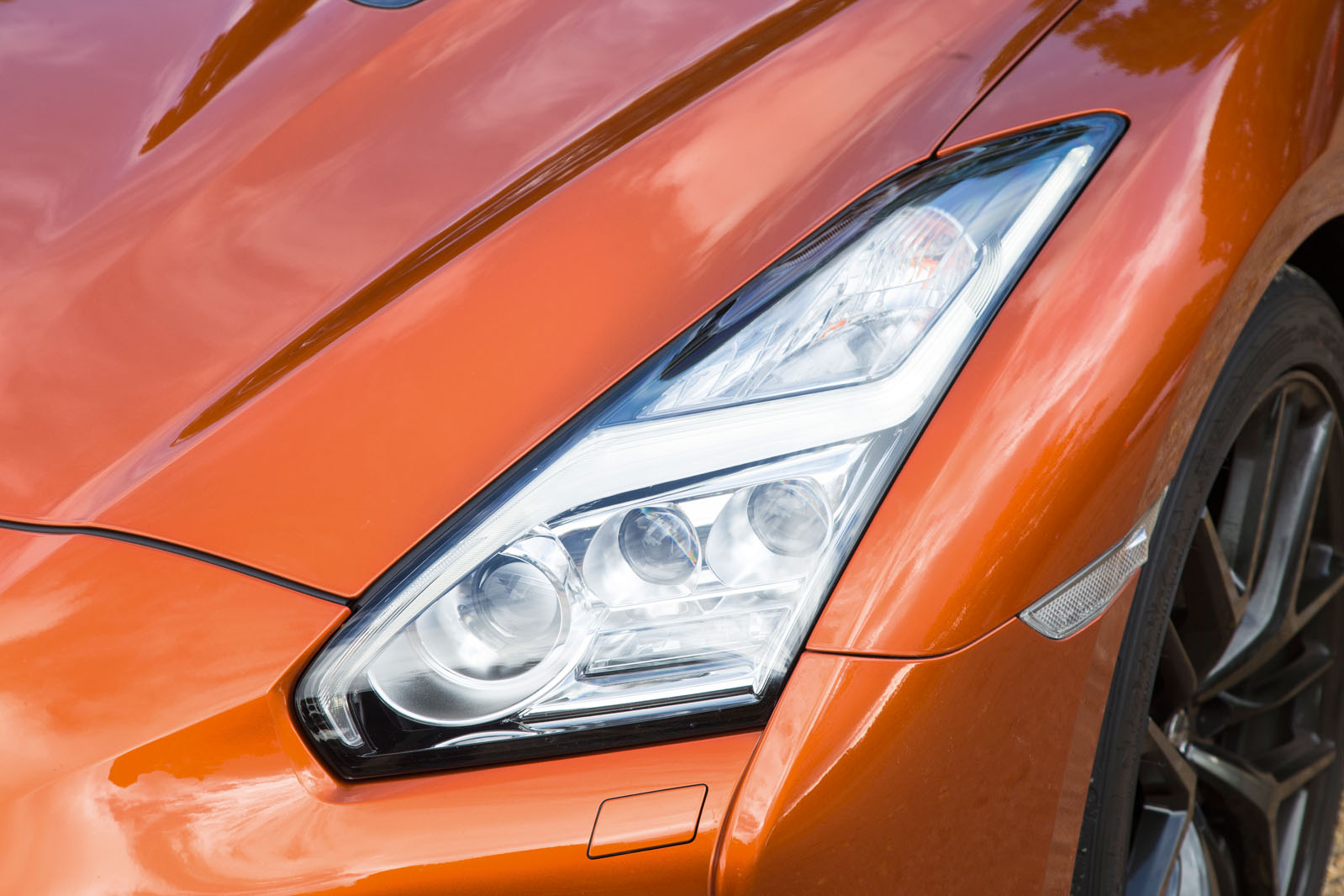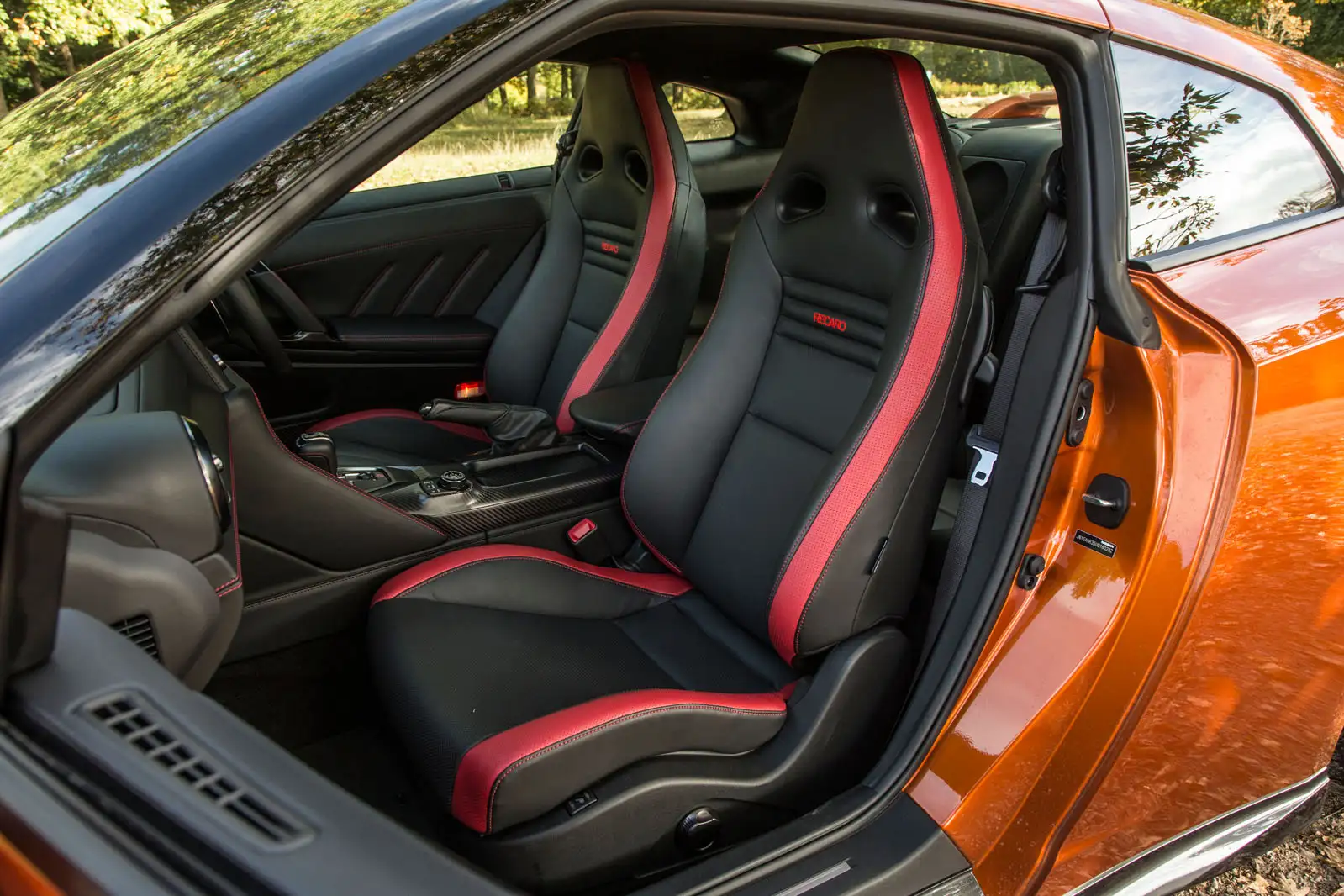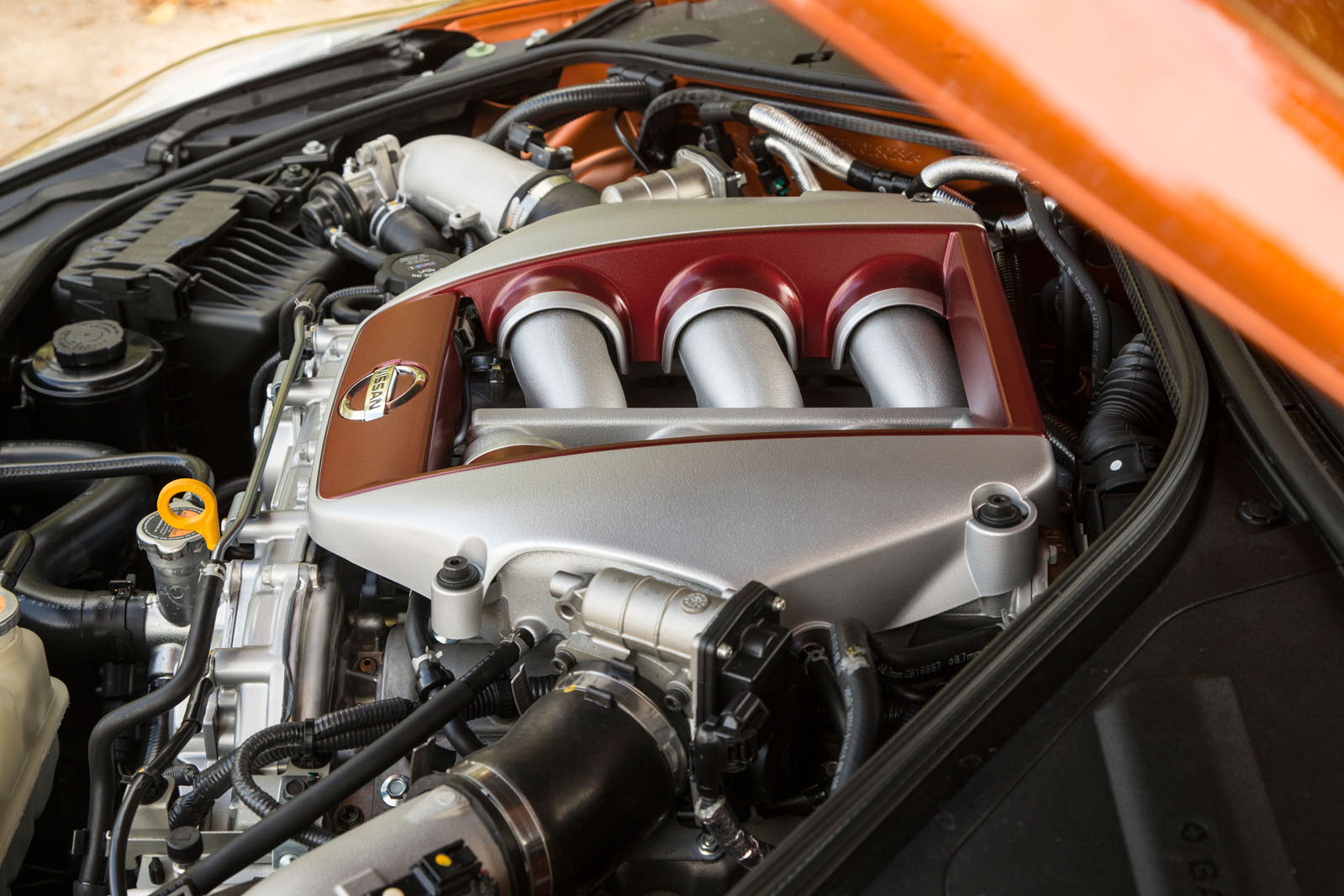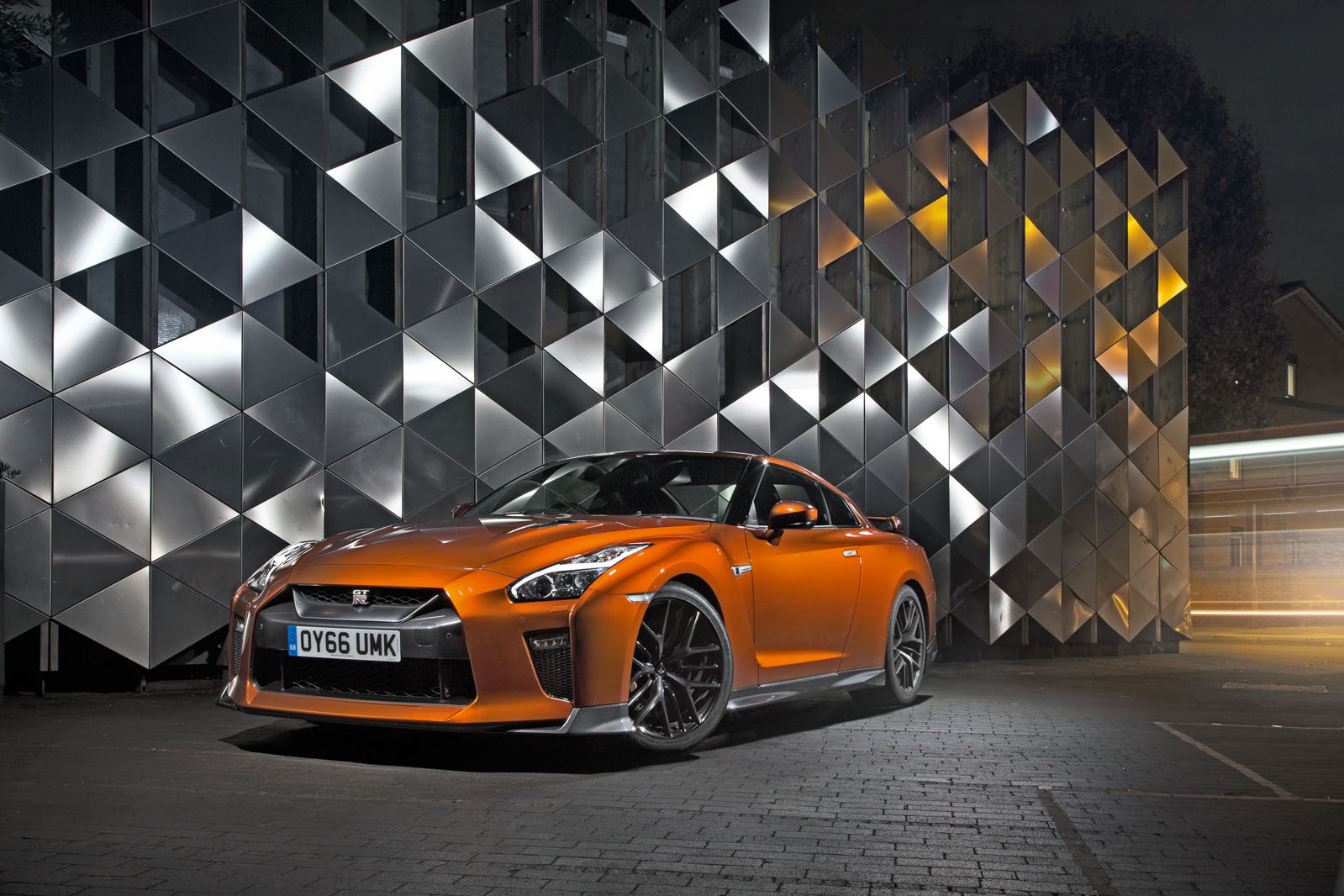Godzilla has come a long way since its inception.
From the 158bhp 'Hakosuka' Nissan Skyline GT-R that made its debut in 1969 to today’s 562bhp all-wheel-drive monster with a sub-3.0sec 0-60mph time, it’s a prime example of what five decades of progress can do to a performance car.
After its grand entrance in 2007, the latest model, referred to as the R35, made some significant waves in the automotive world. Built from the ground up to be a model in its own right, rather than a Skyline variant, the Nissan R35 GT-R arrived with immense performance and an ambition – that it realised – to take on rivals costing twice its original £70,000 price.
Even a £150,000-plus Ferrari 458 can’t keep up with it around the Nürburgring Nordschleife, the Italian supercar’s best lap time of 7min 32sec being no match for the GT-R’s 7min 27sec. The Nissan’s incredible traction, grip, power and quick-shifting six-speed dual-clutch automatic gearbox help it to overcome its 300kg-plus penalty over the 458.
Generating its deep reserves is a big, raucous V6 – a 3.8-litre unit – with a couple of turbos strapped to it. Initially it produced 473bhp, but a 2011 facelift bumped that up to 523bhp. Then, as part of a significant 2017 update that included revised styling, a higher-quality interior and a smoother ride, the GT-R went one step further and jumped to 562bhp. You can read about that incarnation of the supercar below.




